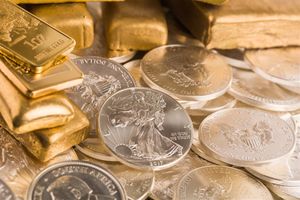
American motorcycle manufacturing company Harley-Davidson (NYSE: HOG) missed Wall Street’s revenue expectations in Q1 CY2025, with sales falling 23.2% year on year to $1.33 billion. Its GAAP profit of $1.07 per share was 39.1% above analysts’ consensus estimates.
Is now the time to buy Harley-Davidson? Find out by accessing our full research report, it’s free.
Harley-Davidson (HOG) Q1 CY2025 Highlights:
- Revenue: $1.33 billion vs analyst estimates of $1.35 billion (23.2% year-on-year decline, 1.2% miss)
- EPS (GAAP): $1.07 vs analyst estimates of $0.77 (39.1% beat)
- Operating Margin: 12.1%, down from 15.2% in the same quarter last year
- Free Cash Flow Margin: 8.4%, up from 3.3% in the same quarter last year
- Motorcycles Sold: 38,600, down 19,072 year on year
- Market Capitalization: $2.79 billion
Company Overview
Founded in 1903, Harley-Davidson (NYSE: HOG) is an American motorcycle manufacturer known for its heavyweight motorcycles designed for cruising on highways.
Sales Growth
A company’s long-term sales performance is one signal of its overall quality. Any business can put up a good quarter or two, but many enduring ones grow for years. Harley-Davidson’s demand was weak over the last five years as its sales fell at a 1.9% annual rate. This wasn’t a great result and suggests it’s a lower quality business.
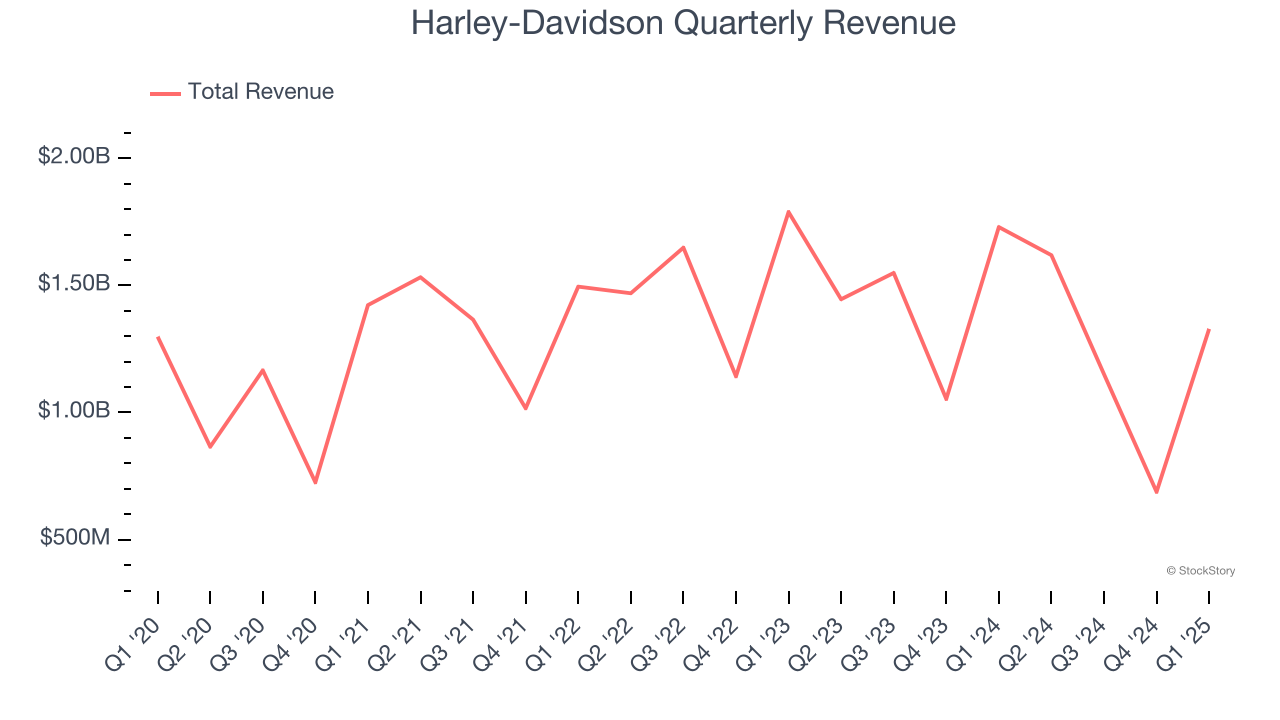
We at StockStory place the most emphasis on long-term growth, but within consumer discretionary, a stretched historical view may miss a company riding a successful new product or trend. Harley-Davidson’s recent performance shows its demand remained suppressed as its revenue has declined by 11% annually over the last two years. 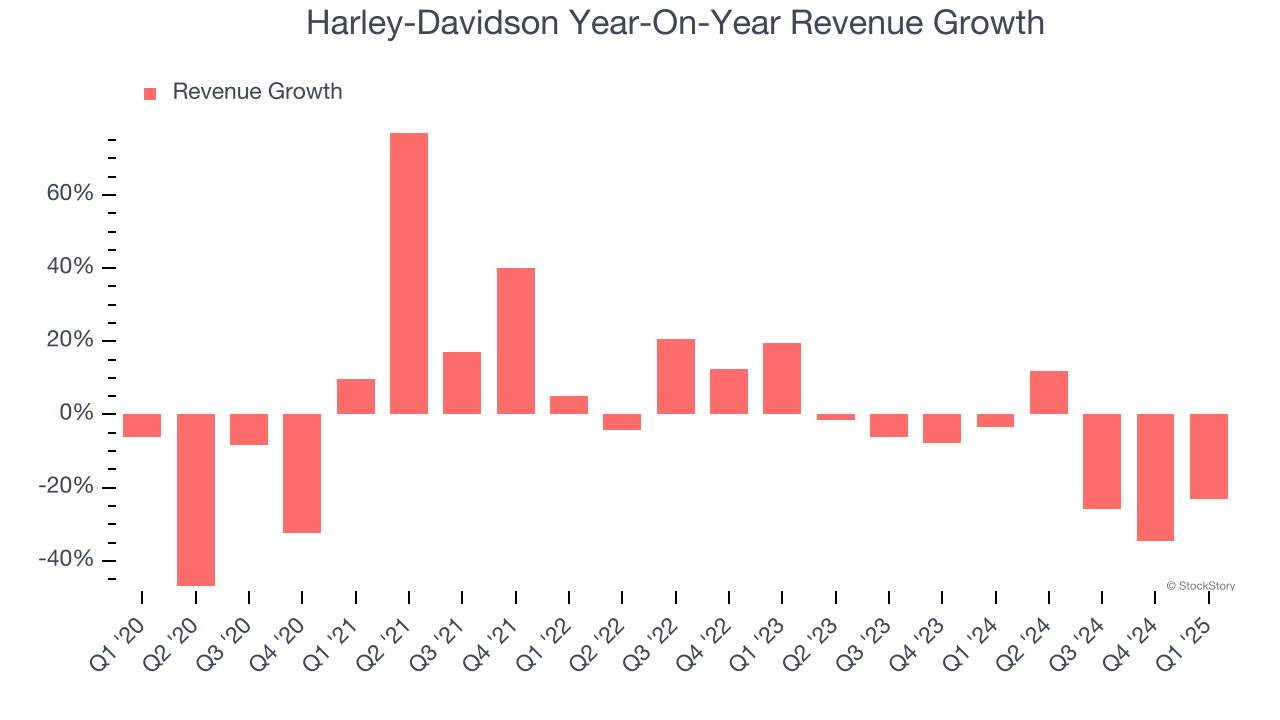
We can better understand the company’s revenue dynamics by analyzing its number of motorcycles sold, which reached 38,600 in the latest quarter. Over the last two years, Harley-Davidson’s motorcycles sold averaged 20.1% year-on-year declines. Because this number is lower than its revenue growth during the same period, we can see the company’s monetization has risen. 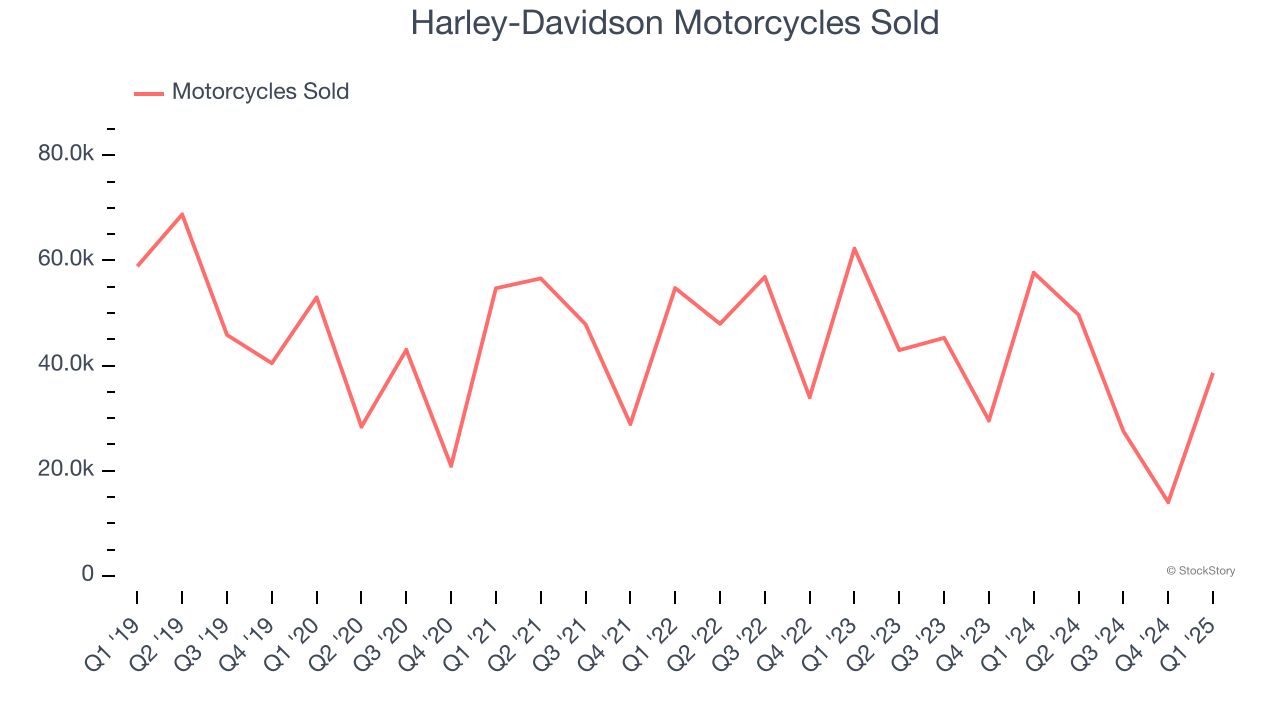
This quarter, Harley-Davidson missed Wall Street’s estimates and reported a rather uninspiring 23.2% year-on-year revenue decline, generating $1.33 billion of revenue.
Looking ahead, sell-side analysts expect revenue to grow 7.2% over the next 12 months. While this projection implies its newer products and services will spur better top-line performance, it is still below the sector average.
Today’s young investors won’t have read the timeless lessons in Gorilla Game: Picking Winners In High Technology because it was written more than 20 years ago when Microsoft and Apple were first establishing their supremacy. But if we apply the same principles, then enterprise software stocks leveraging their own generative AI capabilities may well be the Gorillas of the future. So, in that spirit, we are excited to present our Special Free Report on a profitable, fast-growing enterprise software stock that is already riding the automation wave and looking to catch the generative AI next.
Operating Margin
Harley-Davidson’s operating margin has shrunk over the last 12 months and averaged 9.3% over the last two years. The company’s profitability was mediocre for a consumer discretionary business and shows it couldn’t pass its higher operating expenses onto its customers.
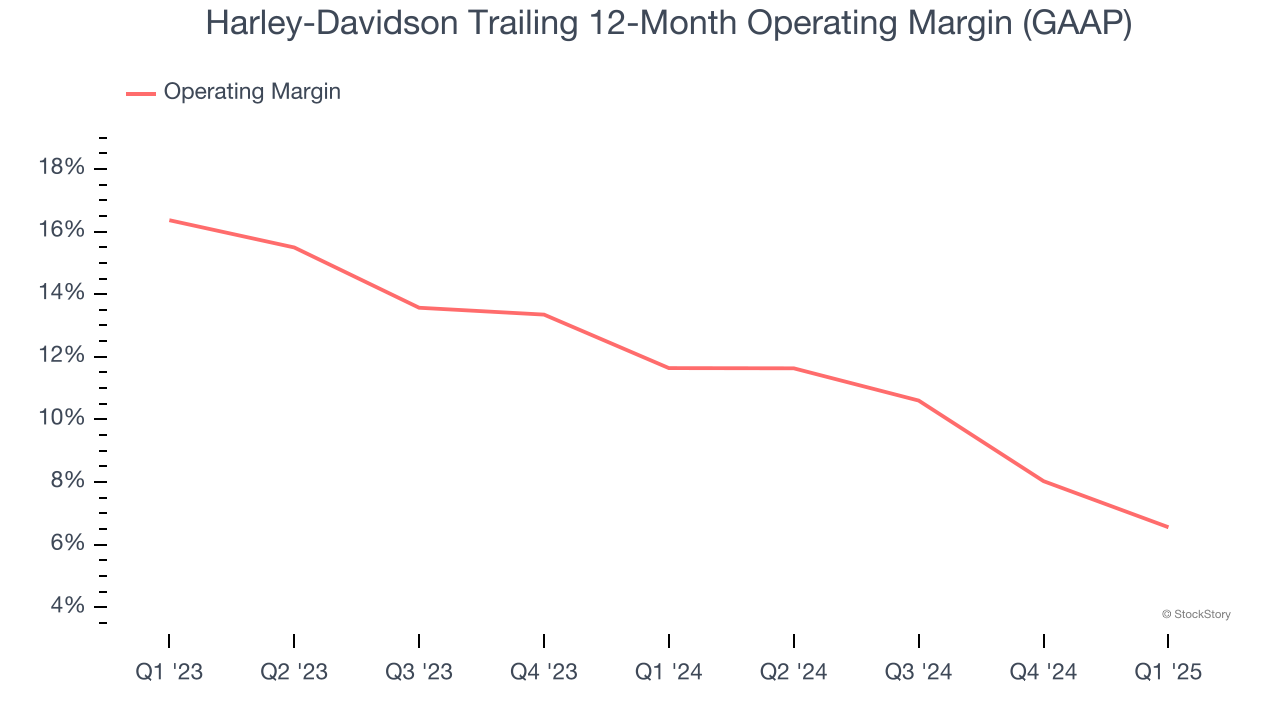
In Q1, Harley-Davidson generated an operating profit margin of 12.1%, down 3.1 percentage points year on year. This contraction shows it was less efficient because its expenses increased relative to its revenue.
Earnings Per Share
We track the long-term change in earnings per share (EPS) for the same reason as long-term revenue growth. Compared to revenue, however, EPS highlights whether a company’s growth is profitable.
Harley-Davidson’s EPS grew at a weak 2.4% compounded annual growth rate over the last five years. On the bright side, this performance was better than its 1.9% annualized revenue declines and tells us management adapted its cost structure in response to a challenging demand environment.
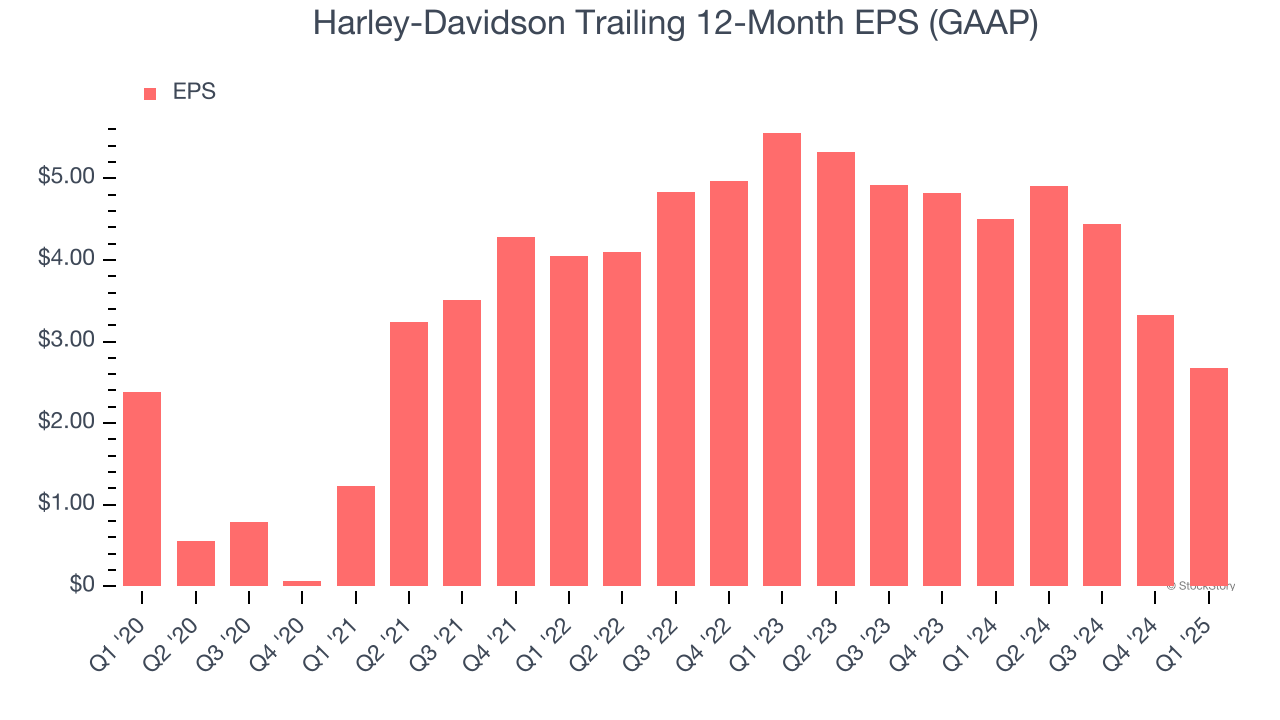
In Q1, Harley-Davidson reported EPS at $1.07, down from $1.72 in the same quarter last year. Despite falling year on year, this print easily cleared analysts’ estimates. Over the next 12 months, Wall Street expects Harley-Davidson’s full-year EPS of $2.68 to grow 26.1%.
Key Takeaways from Harley-Davidson’s Q1 Results
We were impressed by how significantly Harley-Davidson blew past analysts’ EPS expectations this quarter. On the other hand, its revenue missed as it sold fewer motorcycles than estimated. Overall, we think this was a mixed quarter. The stock traded up 2.4% to $22.92 immediately after reporting.
Harley-Davidson had an encouraging quarter, but one earnings result doesn’t necessarily make the stock a buy. Let’s see if this is a good investment. If you’re making that decision, you should consider the bigger picture of valuation, business qualities, as well as the latest earnings. We cover that in our actionable full research report which you can read here, it’s free.




